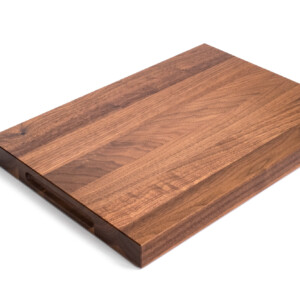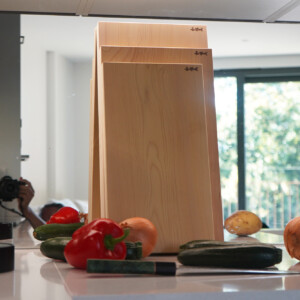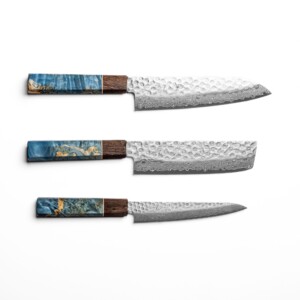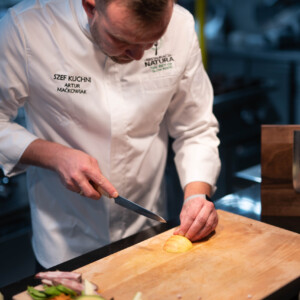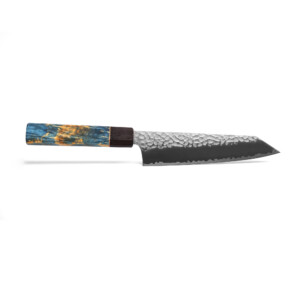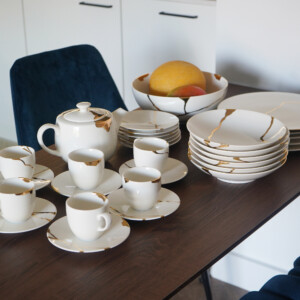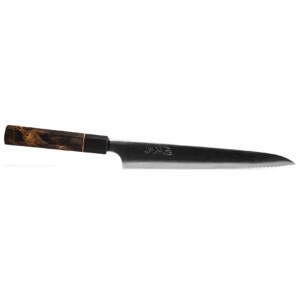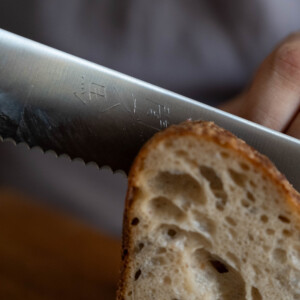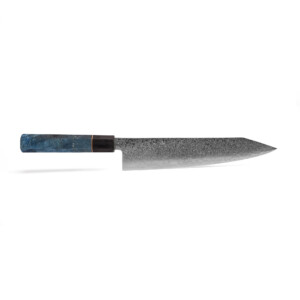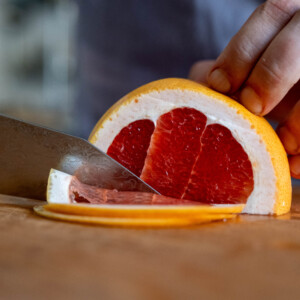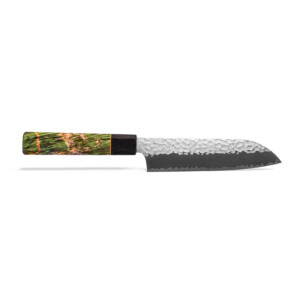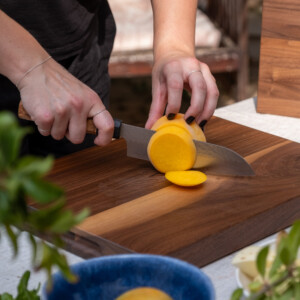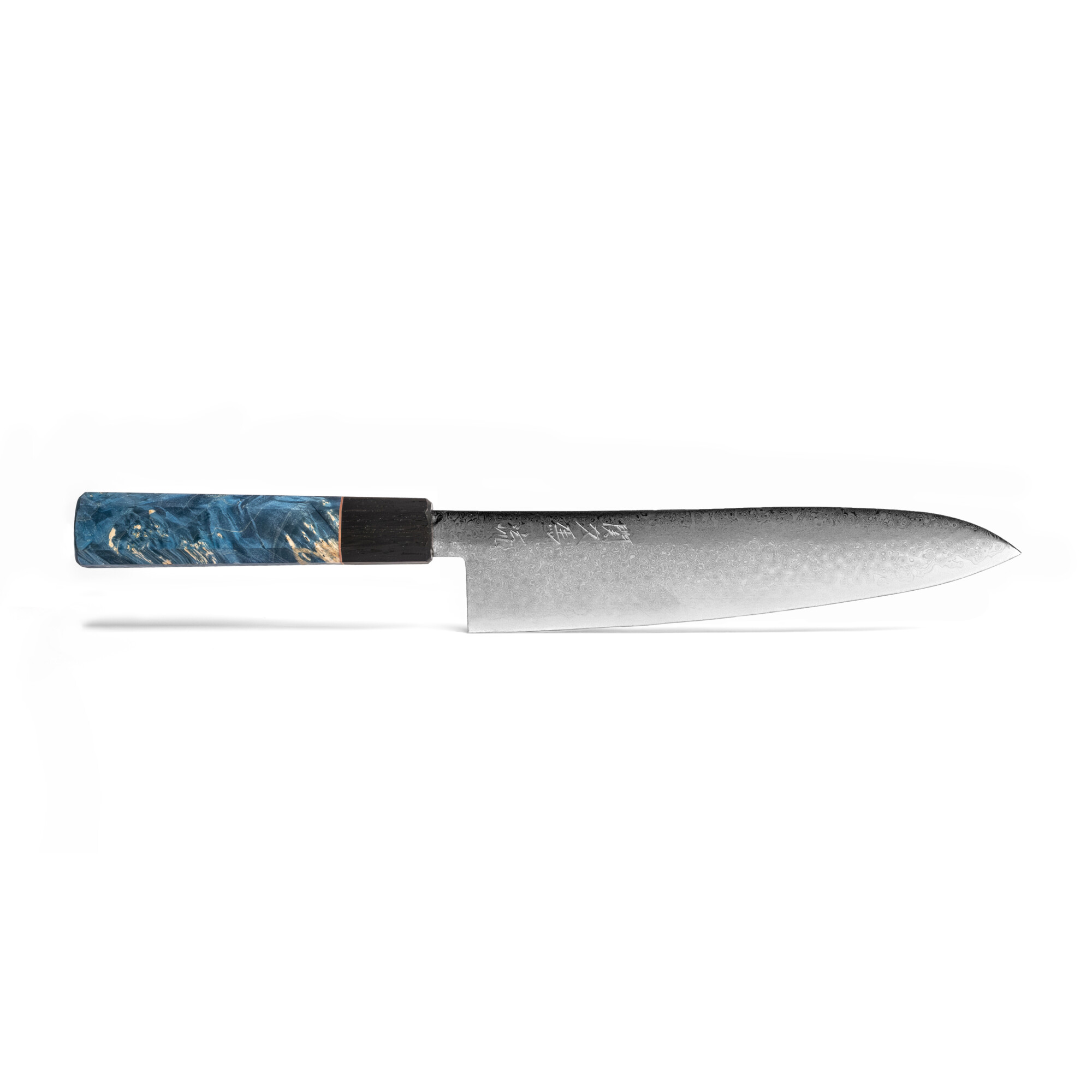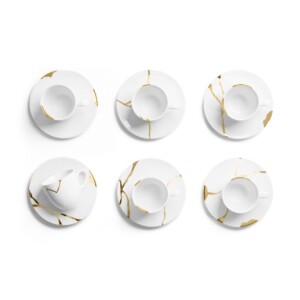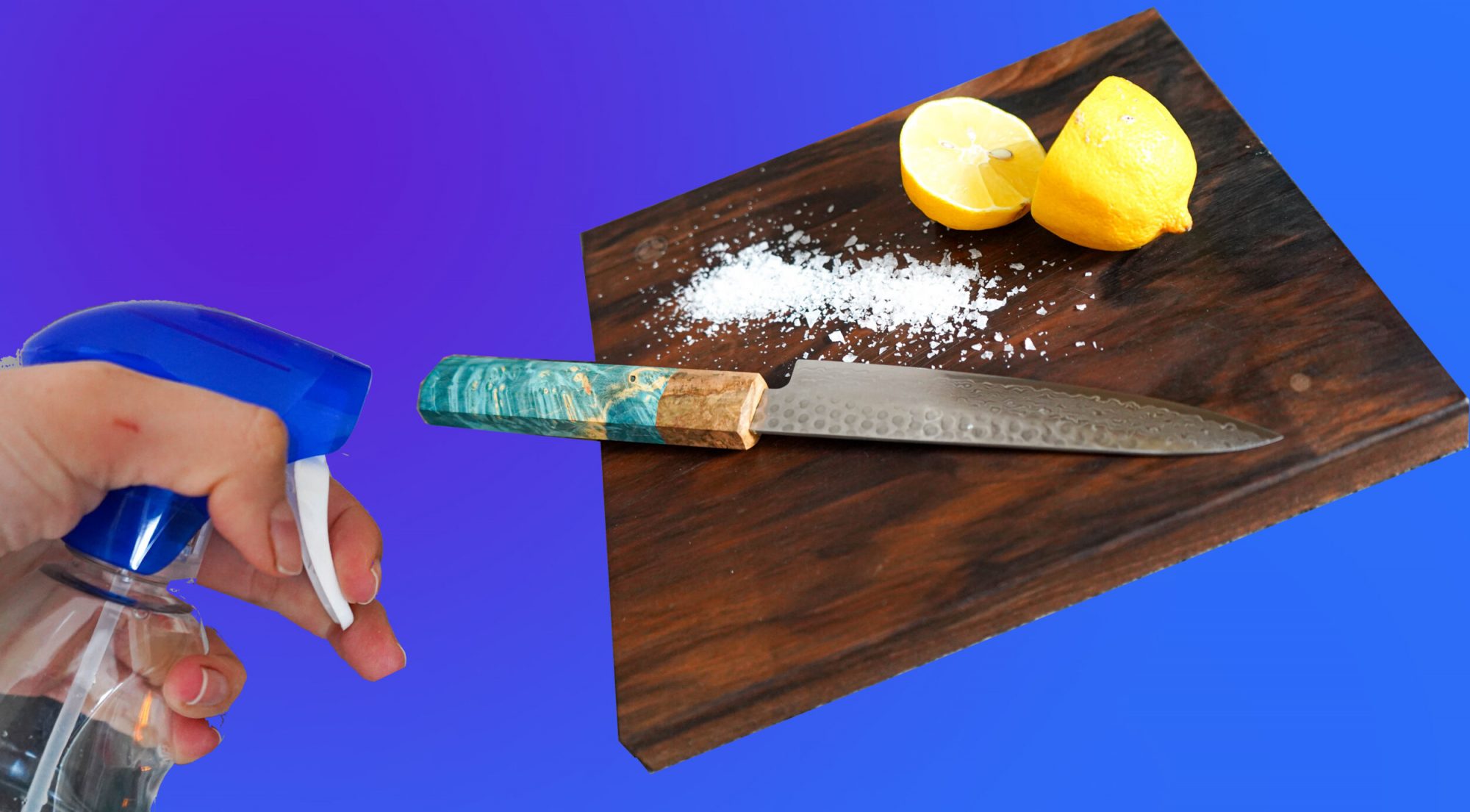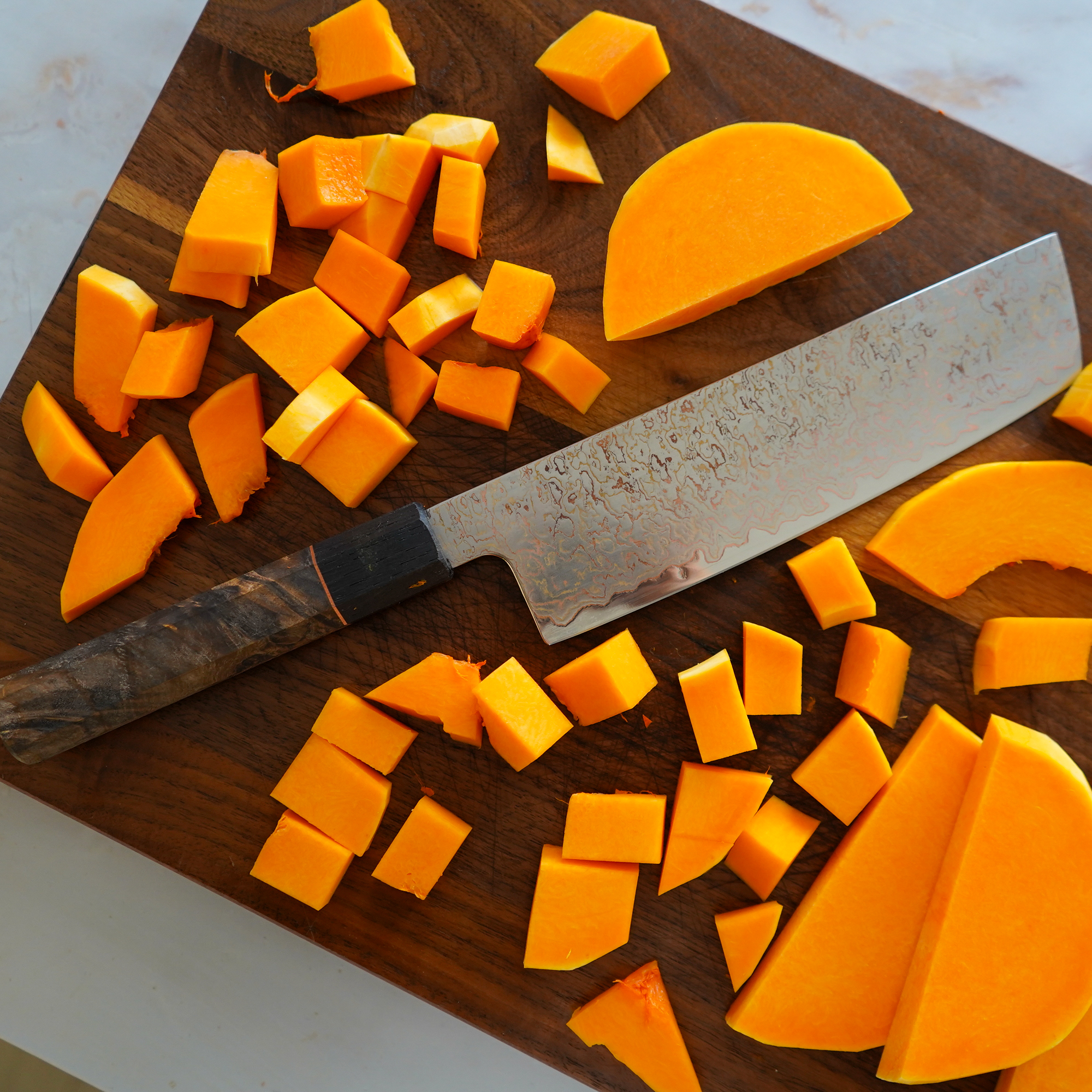Your kitchen should be a sanctuary for nourishment and wellness, yet many common household items may be silently compromising your health. As we become more conscious about what we put into our bodies, it’s equally important to examine what surrounds our food preparation and storage.
Modern kitchens are filled with convenient products that promise to make cooking easier, but convenience often comes at a hidden cost. From hormone-disrupting chemicals to microplastics, these everyday items can slowly accumulate toxins in our bodies, potentially leading to serious health issues over time.
Here are the five most concerning toxic products that health experts recommend removing from your kitchen immediately, along with safer alternatives that won’t compromise your culinary experience.
1. Scratched Non-Stick Cookware (PFAS-Containing)
The Problem: Traditional non-stick pans contain per- and polyfluoroalkyl substances (PFAS), often called “forever chemicals” due to their persistence in the environment and human body. When these pans become scratched or overheated, PFAS can leach directly into your food.
Health Risks:
- Elevated cholesterol levels
- Increased risk of kidney and testicular cancer
- Reduced immune system function
- Pregnancy complications and reduced fertility
- Liver damage and thyroid dysfunction
The Solution: Replace damaged non-stick cookware with safer alternatives:
- Cast iron: Naturally non-stick when properly seasoned, adds beneficial iron to food
- Stainless steel: Durable, non-reactive, and dishwasher safe
- Carbon steel: Lightweight alternative to cast iron with excellent heat retention
- Ceramic-coated cookware: PFAS-free non-stick surface
Pro tip: If you must use non-stick cookware, never heat it above 400°F (200°C) and replace it immediately when scratches appear.
2. Plastic Cutting Boards
The Problem: Plastic cutting boards release microplastics into food, especially when they become worn or deeply grooved. These microscopic particles accumulate in our bodies and have been found in human blood, organs, and even placental tissue.
Health Risks:
- Hormone disruption (particularly estrogen mimicking)
- Potential carcinogenic effects
- Inflammation and oxidative stress
- Disrupted gut microbiome
- Possible impact on reproductive health
The Solution: Switch to natural cutting board materials:
- End-grain hardwood (maple, walnut, cherry): Naturally antimicrobial and knife-friendly
- Hinoki cypress / Aomori Hiba: Traditional Japanese wood that’s gentle on knife edges
- Bamboo: Sustainable, naturally antibacterial, and harder than most woods (although the worst choice for the delicate and thin blades such as the Japanese knives)
Maintenance tip: Oil wooden boards monthly with food-grade mineral oil to prevent cracking and extend their lifespan.
3. Scented Candles and Air Fresheners
The Problem: Most commercial scented candles contain phthalates to enhance fragrance longevity, paraffin wax that releases toxic compounds when burned, and synthetic fragrances that can trigger allergic reactions.
Health Risks:
- Endocrine disruption affecting hormonal balance
- Respiratory irritation and asthma triggers
- Headaches and nervous system effects
- Potential reproductive issues
- Indoor air pollution with benzene and toluene
The Solution: Create a naturally fresh kitchen environment:
- Pure beeswax or soy candles with cotton wicks and essential oils
- Houseplants like peace lilies, spider plants, or herbs that naturally purify air
- Simmer pots with citrus peels, herbs, and spices
- Essential oil diffusers with pure, therapeutic-grade oils
- Good ventilation and regular cleaning to eliminate odor sources
4. Plastic Food Storage Containers
The Problem: Plastic containers, especially when heated or containing acidic foods, can leach harmful chemicals like BPA, phthalates, and other endocrine disruptors into your food.
Health Risks:
- Hormonal imbalances
- Increased risk of diabetes and heart disease
- Behavioral and learning difficulties in children
- Reproductive system disruption
- Increased cancer risk
The Solution: Invest in safer food storage:
- Glass containers with silicone lids: Non-reactive and microwave-safe
- Stainless steel containers: Perfect for dry goods and travel
- Silicone bags: Reusable, freezer-safe, and free from harmful chemicals
- Ceramic containers: Beautiful and completely non-toxic
- Natural materials like wood for dry goods storage
Storage tip: Never microwave plastic containers, even those labeled “microwave-safe,” and avoid putting hot food directly into plastic storage.
5. Aluminum Cookware and Foil
The Problem: Aluminum can leach into food, particularly when cooking acidic ingredients or at high temperatures. While the body can eliminate small amounts of aluminum, chronic exposure may lead to accumulation.
Health Risks:
- Potential neurological effects
- Possible links to Alzheimer’s disease (though research is ongoing)
- Bone disorders from calcium displacement
- Kidney dysfunction
- Respiratory issues from airborne particles
The Solution: Choose aluminum-free cooking methods:
- Parchment paper instead of aluminum foil for baking
- Silicone baking mats for reusable, non-toxic baking surfaces
- Cast iron or stainless steel cookware instead of aluminum pots
- Glass baking dishes for oven cooking
- Banana leaves or corn husks for wrapping foods (traditional and natural)
Making the Transition: A Practical Approach
Replacing all these items at once can be overwhelming and expensive. Here’s a strategic approach:
Phase 1 (Immediate):
- Stop using scratched non-stick pans immediately
- Replace plastic cutting boards showing wear
- Eliminate scented candles and air fresheners
Phase 2 (Next 3 months):
- Gradually replace plastic food storage with glass
- Invest in one high-quality stainless steel or cast iron pan
Phase 3 (Next 6 months):
- Complete your cookware transition
- Eliminate aluminum foil from regular use
The Investment in Your Health
While safer alternatives may require a higher initial investment, consider the long-term benefits:
- Reduced exposure to harmful chemicals
- Better-tasting food (natural materials don’t impart off-flavors)
- Longer-lasting products (quality materials last decades)
- Environmental benefits (less plastic waste)
- Peace of mind knowing your kitchen supports rather than undermines your health
Creating a Naturally Safe Kitchen
Beyond removing toxic products, focus on these principles:
Choose Natural Materials: Whenever possible, opt for materials that have been safely used for centuries: wood, stone, glass, and metals like stainless steel and cast iron.
Maintain Proper Ventilation: Good airflow prevents the accumulation of cooking fumes and maintains fresh air quality.
Regular Cleaning: Use natural cleaning products (vinegar, baking soda, lemon) to avoid introducing new toxins while maintaining hygiene.
Mindful Purchasing: Read labels, research materials, and invest in quality items that will serve you safely for years.
The Bottom Line
Your kitchen should nourish and protect your family’s health, not compromise it. By identifying and eliminating these common toxic products, you’re taking a significant step toward creating a safer cooking environment.
Remember, the goal isn’t perfection but progress. Small changes, implemented consistently, can dramatically reduce your family’s exposure to harmful chemicals while creating a more pleasant and health-supporting kitchen environment.
The investment in safer kitchen products is truly an investment in your long-term health and well-being. Start with one change today, and gradually transform your kitchen into the safe, nourishing space it should be.
